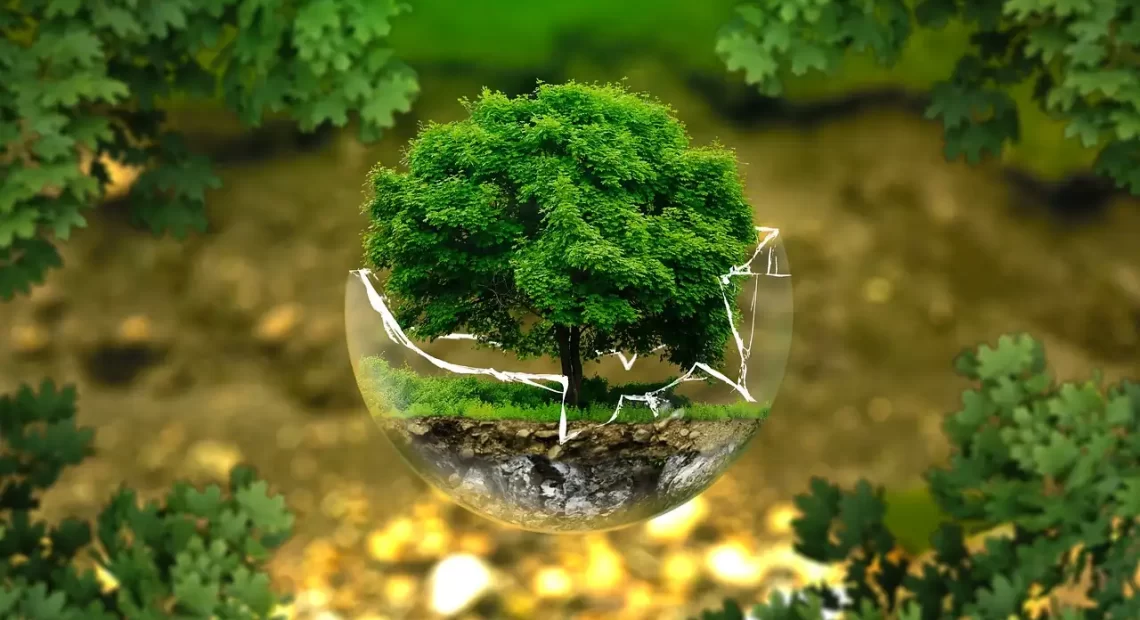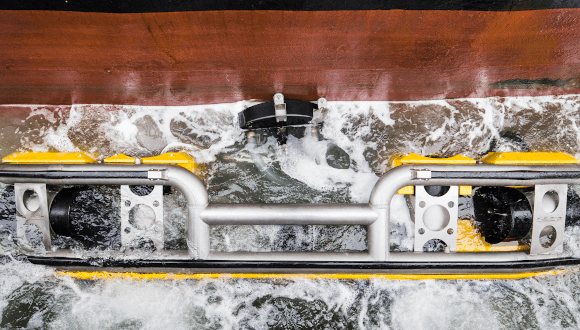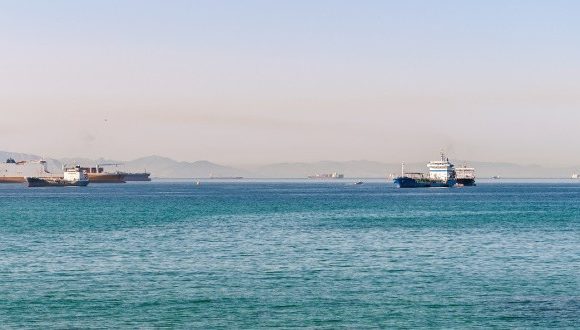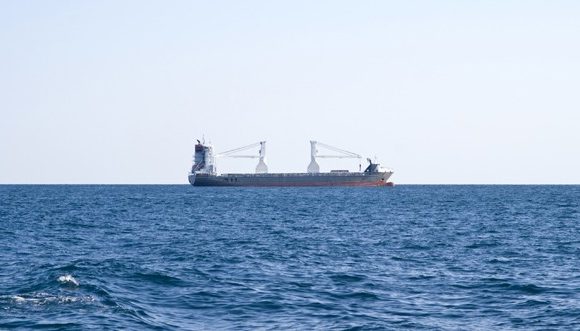Antifouling Technologies and Biofouling Control

The world’s oceans, teeming with life and mysteries, are also a battleground where maritime industries grapple with an age-old adversary: fouling. As ships and marine structures navigate through the vast blue expanse, they face the relentless growth of marine organisms on their surfaces. This article explores the world of antifouling technologies and biofouling control, shedding light on how science and innovation are helping to keep our oceans and maritime assets clean and efficient.
The Biofouling Challenge
The Uninvited Guests
Biofouling, the unwanted accumulation of microorganisms, plants, and animals on submerged surfaces, has been a persistent challenge for the maritime sector. These uninvited guests attach themselves to ship hulls and marine infrastructure, increasing drag, reducing fuel efficiency, and potentially spreading invasive species to new environments.
Environmental Impacts
Beyond the operational challenges, biofouling poses environmental risks. The transfer of invasive species, often hidden within the biofouling community, can disrupt ecosystems and harm native marine life. It’s a complex problem that requires innovative solutions.
Antifouling Technologies
The Age-Old Battle
The battle against biofouling is as old as seafaring itself. Early mariners used coatings of tar and copper to deter fouling. Today, antifouling technologies have evolved significantly to provide more efficient and environmentally friendly solutions.
The Role of Coatings
Antifouling coatings play a pivotal role. These coatings contain biocides that deter fouling organisms from attaching to ship hulls. While copper-based coatings were once the norm, modern coatings use advanced chemistry to achieve the same effect with fewer environmental impacts.
Innovations in Antifouling
Eco-Friendly Alternatives
Innovation has led to the development of eco-friendly antifouling solutions. These alternatives use non-toxic or low-toxicity coatings that are less harmful to marine life. Some coatings are based on silicone, which provides a super-slick surface, making it challenging for fouling organisms to grip.
Foul-Release Coatings
Foul-release coatings take a different approach. Instead of killing fouling organisms, these coatings create a surface that fouling organisms can’t adhere to. They work on the principle of reducing surface energy, making it challenging for organisms to establish a foothold.
Biofouling Control
Biofouling Management Plans
Maritime organisations are increasingly adopting biofouling management plans. These plans outline strategies to prevent and manage biofouling, including hull cleaning schedules, inspection regimes, and maintenance practices. The goal is to minimise the buildup of fouling organisms and their potential spread.
Ultrasonic and Thermal Technologies
Innovative technologies like ultrasonic and thermal systems are being used to control biofouling. Ultrasonic systems emit sound waves that deter fouling organisms. Thermal systems, on the other hand, use heat to prevent biofouling growth.
Environmental Concerns
The Toxicity Debate
While antifouling technologies have come a long way, concerns about their environmental impact persist. Copper-based coatings, for instance, release copper into the marine environment, raising concerns about its effects on marine life. Finding a balance between effective antifouling and environmental protection is an ongoing challenge.
Regulations and Compliance
To address these concerns, international regulations are being put in place. The International Maritime Organization (IMO) has introduced the International Convention on the Control of Harmful Anti-fouling Systems on Ships to regulate the use of harmful antifouling paints and their ingredients.
The Future of Antifouling and Biofouling Control
Biotechnology and Beyond
The future of antifouling and biofouling control lies in biotechnology. Researchers are exploring the use of natural compounds, biomimicry, and even genetically modified organisms to combat fouling. The goal is to find solutions that are both effective and environmentally friendly.
Big Data and Predictive Maintenance
In the age of big data, predictive maintenance is becoming a powerful tool in biofouling control. By analysing data on fouling growth, ship operators can make informed decisions about cleaning schedules and antifouling treatments, optimising efficiency and environmental protection.
Conclusion
In the ever-changing seascape of maritime industries, biofouling remains a formidable challenge. However, science and innovation are transforming the battle against fouling into a story of cleaner, more efficient oceans. Antifouling technologies, eco-friendly coatings, and biofouling control strategies are pioneering a path towards a more sustainable future for maritime trade and the marine environment. It’s a journey where technological advances and environmental protection converge, ensuring that our maritime assets sail through clear waters, free from the grip of unwanted biofouling.
Reference
What is the future of antifouling?
Progress of marine biofouling and antifouling technologies
Eco-Friendly Ship Design And Innovation















